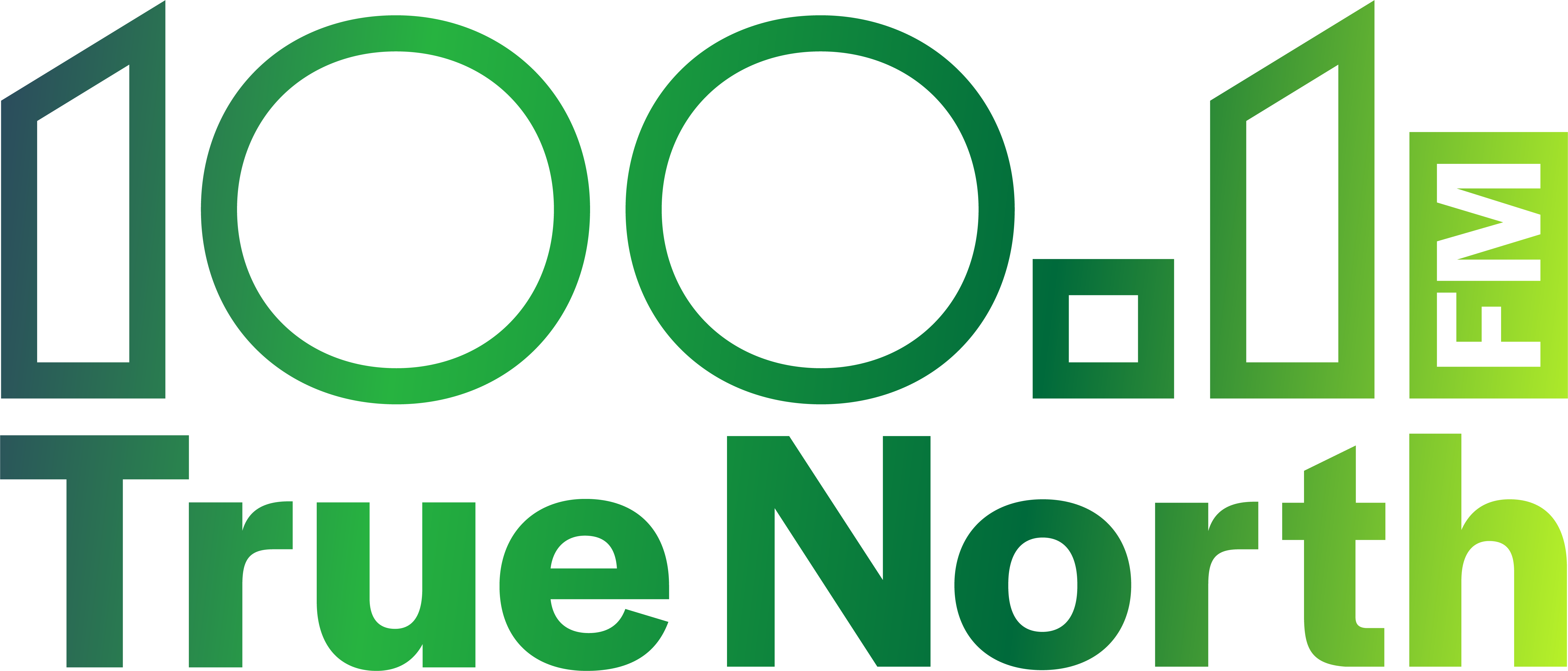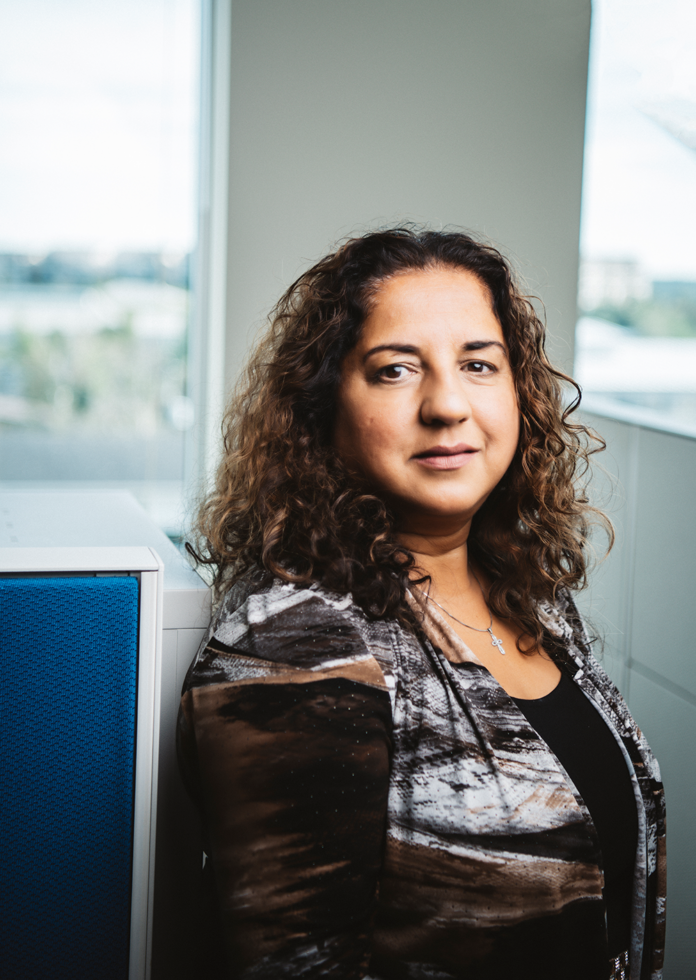École William McDonald Middle School’s latest water test results show elevated levels of lead present in most of the water outlets tested, said Chief Public Health Officer Dr. Kami Kandola
Results for Range Lake North School indicate the continued precautionary flushing of water “will likely be needed.”
Dr. Kandola cautions that babies, infants, children under 6 years of age and pregnant women face the highest risks from exposure to lead. Kandola is advising parents, guardians and school staff to review the results and info available on GNWT’s Health and Social Services website and take precautions including blood testing and primary care follow up as needed.
Dr Kandola told True North FM that the focus is on William McDonald School because this is where stress testing was done showing an exceedance of lead in the water distribution system.
On May 27, Dr. Kandola put directions in place for both Range Lake and William McDonald School to not consume their water and to find out alternative potable source of water while more formal was being done.
Dr. Kandola put in directions for different types of testing which were conducted on June 12.
“On June 12th Stantec did two types of testing. The first test is to stress the system and look for the maximum lead level that you could find in the water. And what they typically do is let the water stagnate for eight hours overnight and then they test the water systems in the morning. The second test to do is try to mimic what would be a typical usage for that school. So the second test was done after running the water for five full minutes, then letting the water sit for 30 minutes and then they do the second test,” explained Dr. Kandola.
Yesterday through ECE a public service announcement was sent out and a backgrounder that shows the results of those tests.
Both sets of test results for drinking water outlets are included in the information that was made public. The second test samples are more indicative of common usage, said Dr. Kandola.
According to Health Canada’s guidelines (drawn from data published in February 2025), the “maximum acceptable concentration” of lead in drinking water is 0.005 mg/L (5 µg/L)
While the maximum allowable concentration in Canada is 5 µg/L Dr. Kandola points out that there is no “safe level” of lead.
How long was the lead level been elevated is a question that Dr. Kandola was not able to answer, this is a factor in exposure risks as well according to Health Canada’s data.
At the William McDonald School 13 water outlets were tested, which includes eight, sinks and five fountains.
“The results for the Tier, which is the common usage were: three results with below 5 µg/L and seven were between5 µg/L and 10 µg/L and three were above 10 µg/L
“There was one significant outlier, which is a drinking source that is not accessed often, and that one had the highest level with about 105.7 5 µg/L, I believe that was in the second sample,” said Dr. Kandola.
NWT’s Chief Public Health Officer is emphasizing the importance of a “two-tiered” response, which began with cutting off exposure, and then a bit of a “deeper dive” which is getting informed and getting medical attention from primary care as needed.
“What we are telling parents and staff is to look at the backgrounder, look at where the testing was done, specifically look at Tier 2 because that represents typical usage. And if you feel that you are at risk, you can go to the NWT Health and Social Services website and click on the callback request form. It’s put that in the search engine or it’s on the public service announcement on that page you can select YK primary Care regarding Public Health order,” advised Dr. Kandola.
The resources set up through the GNWT Health and Social Services platform will help parents, guardians and families get access to the dedicated health services quickly.
“There will be primary care assistants, who will be working diligently to schedule an appointment and assessment for blood that level draws and that’s pretty much a recommendation to do a health risk assessment and consider a blood lead level, if you’ve been exposed, that’s our recommendation,” said Dr. Kandola.
What is important is for parents and staff to review the information and get connected to primary care as needed, said Kandola.
“If they feel they’re being exposed and they’re at risk, then go to the callback request form and fill that information out, then click on YK primary Care Regarding Public Health order,” she advised.
Dr. Kandola said that the main course of action after lead exposure happens, like with drinking water, is to cut out that exposure.
“That’s the single most important intervention,” emphasized Kandola.
“If you’re dealing with people with blood lead levels that are elevated (it’s important) to make sure you review the history and cutting out exposure from that source,” she added.
Is very, very, very rare that we see lead poisonings in Canada
Dr. Kandola said it’s very rare to see elevated lead poisoning levels that would require medications to get the lead out of your body.”





